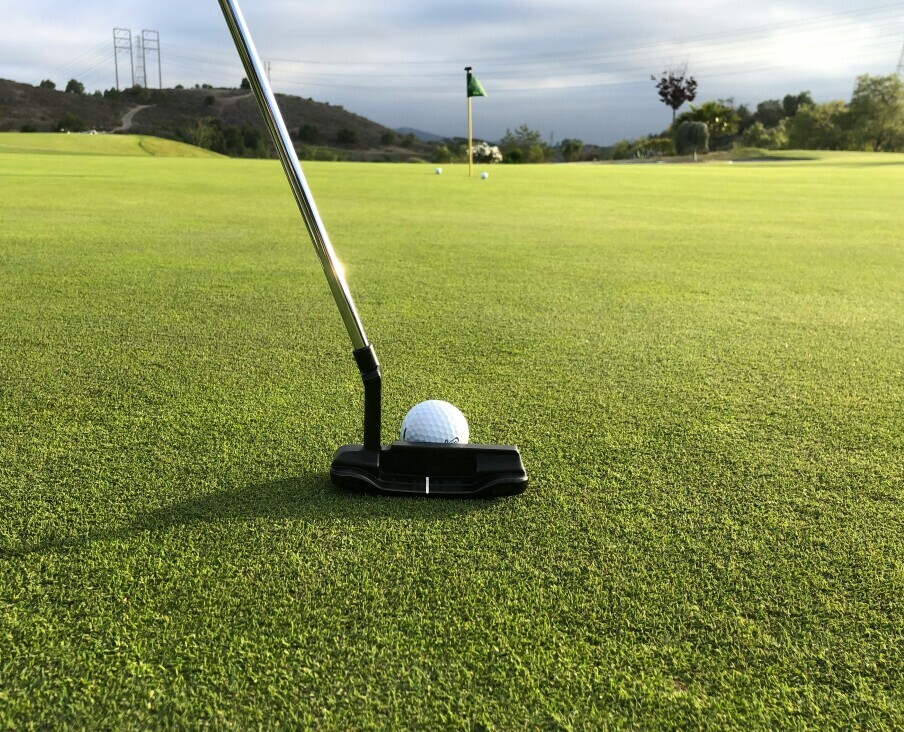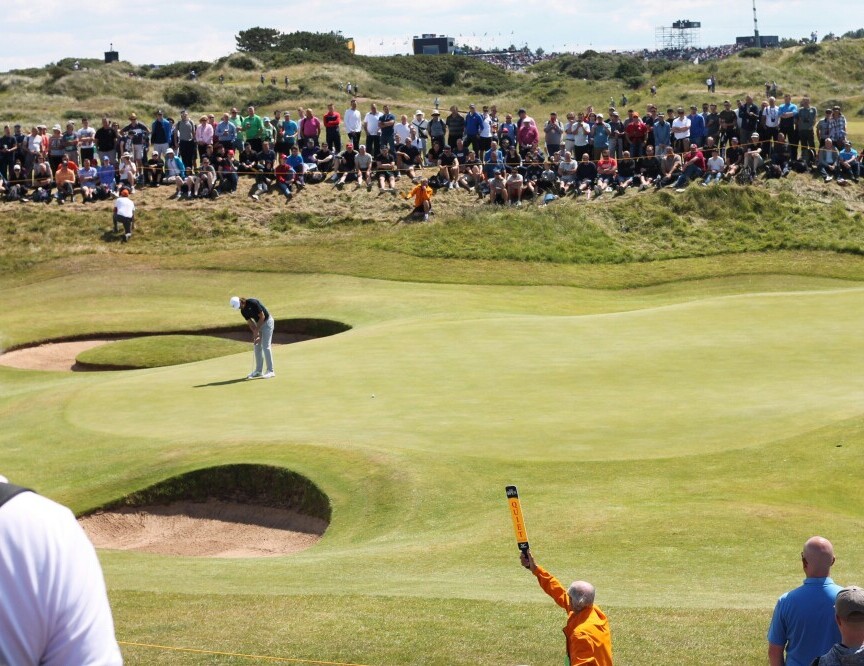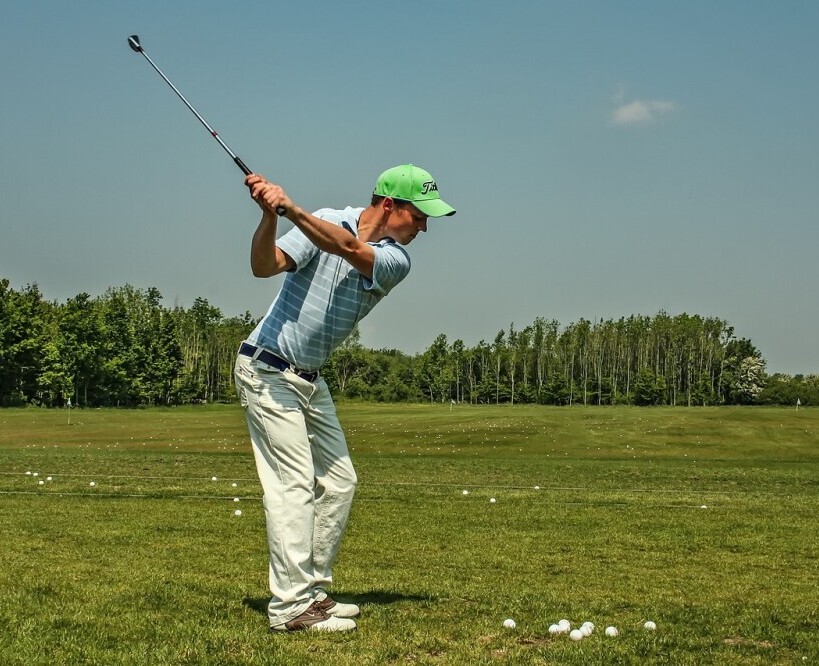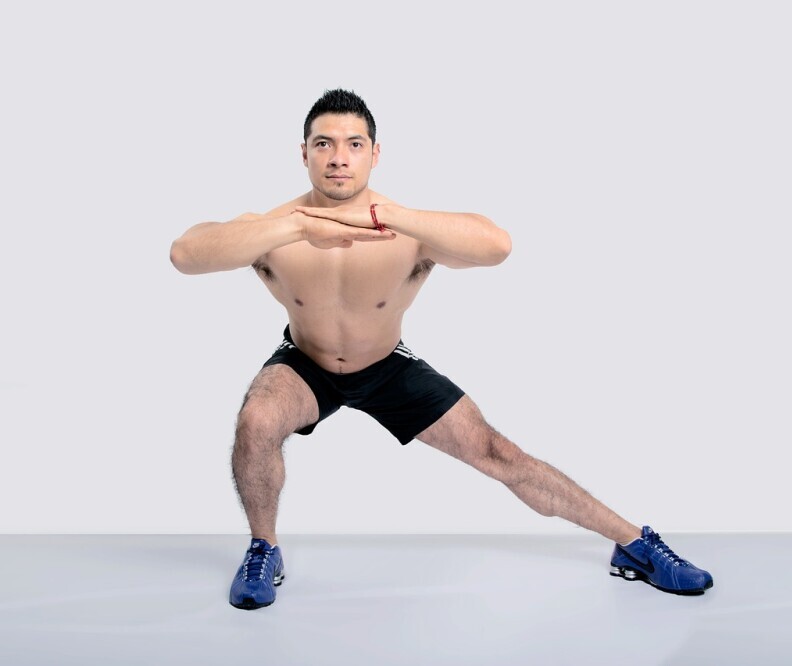Best Putter Distance Control


Fore! Quick note: a few links here are affiliate links. If you snag gear through them, I earn a small commission — no extra strokes added to your game.
Distance control in putting is a game-changer, a must-have skill for any golfer looking to improve their performance. It’s not just about getting the ball in the hole; it’s about how you manage the space between your putter and the cup. Simple as it may seem, mastering this aspect can dramatically lower your scores and boost your confidence on the greens. Buckle up, because the golf viking is taking you on another wild adventure. The adventure of distance control while putting.
One of the big advantages of solid distance control is cutting down the number of strokes. If you can consistently judge how fast and far to hit your ball, you save yourself from those frustrating three-putts. This skill is what helps separate the weekend warriors from the pros. Anything that will cut strokes off of the scorecard is a win.
Another factor is the overall enjoyment of the game. When you’re consistently making solid putts, your rounds become smoother and way more enjoyable. Golf stops feeling like a guessing game and starts feeling more like a controlled, strategic sport. When you gain confidence in your putting, you can find yourself in a groove on the greens.
Distance control also introduces a level of consistency to your game that’s invaluable. When you know you can trust your putts, you’re playing with a different kind of confidence. This doesn’t just affect your putting but cascades throughout your entire game, improving everything from your approach shots to your driving.
Understanding the fundamental principles of distance control sets the foundation for all other putting skills. Master these basics, and you’ll have a much easier time working on more advanced techniques later on.
Distance control is one of the hardest putting skills to master. If you’re working on consistency, you’ll also benefit from our guide to the most accurate golf putters that help you stay on line.
Ready to level up your golf game? Click here.

Why You Need to Control Distance When Putting
Avoiding overhits and underhits is essential for minimizing the number of putts per hole. Overshooting leaves you with a tricky comeback putt, while an underhit can make your next shot just as challenging. Getting the distance right the first time helps you avoid these headaches. The proper distance control can save you from having a tough putt on the next shot.
Consistent distance control has a direct impact on your scores. If you manage to reduce the number of putts, you’re effectively improving your overall game performance. With fewer strokes on the green, your scorecard will start to look a lot more appealing. Fewer putts equals lower scores. Easy enough, right?
Confidence on the green goes hand-in-hand with good distance control. The more you trust your ability to judge distance, the more you’ll relax and play your best game. Without the constant worry about overshooting or underhitting, your focus shifts to sinking that putt.
Golf is as much a mental game as it is physical. When you control distance well, the stress levels drop, making the game more enjoyable. The calm and confidence that come from knowing you can putt well are immeasurable. It’s nice to feel good out on the golf course.
Imagine standing over a putt and knowing you have the skills to get the ball close to the hole. That’s the kind of reassurance good distance control brings. It changes your mindset from tentative to assured, reducing the margin for error. Let’s get into proper mechanics to get the right distance control.
For golfers balancing budget and performance, take a look at the best budget-friendly golf putters that still offer solid distance control without breaking the bank.

Mastering Distance Control: Techniques and Mechanics
Proper stance and grip set the foundation for effective putting. Keep your feet shoulder-width apart, and hold the putter lightly. This relaxed grip helps you have better control over your strokes. Gripping too hard can make the motion stiff, but hold the putter enough that it doesn’t wobble in your hands.
When it comes to stroke mechanics, shorter putts can utilize a pendulum-like motion with minimal wrist movement. For longer putts, a longer and smoother stroke is more effective, allowing for better distance judgment. This will all depend on the layout of the green and the slope in between you and the hole.
Reading the speed and slope of the green is crucial. For more on reading greens, click here. Pay attention to the grain of the grass, contours, and any noticeable slopes. Faster greens need softer strokes, while slower greens require a bit more power. Every course will be different in this aspect, so make sure to test out their practice green so that you can know how the greens will play out on the course.
Practicing with drills can do wonders for your distance control. One useful drill is placing tees at varying distances and aiming to stop the ball as close to each tee as possible. This helps build a tactile sense of how hard you need to hit the ball. Even professional golfers will be utilizing this and other drills before they begin their round.
Mental strategies are also key. Visualize the putt before you take it. Imagine the ball’s path and the force needed to reach the hole. Combining this with physical practice creates a more holistic approach to distance control. Let’s wrap this up so you can get out to the practice green.

Advanced Tips for Effective Long Putts
Reading the green thoroughly helps in gauging long putts. Take the time to walk around your putt line, observing slopes, changes in elevation, and the grain direction. The more information you gather, the better your distance control. You will need to make these judgements on every green you find yourself on, some easier than others.
Muscle memory and feel play huge roles when putting from a distance. Practice regularly so you get comfortable with different stroke lengths and speeds. Over time, you’ll instinctively know how much power to apply for varying distances. It’s all a matter of practice and knowing the course.
Adjust your stroke based on the putt’s distance. For lengthy putts, employ a longer backswing and a smoother follow-through. This helps maintain a consistent speed and direction, essential for covering more ground. The longer distance you have from the hole, usually the bigger backswing you will employ.
But this may also depend on the green and your location on it. For instance, if you are putting down a slope from your location, you wouldn’t want to use a big backswing because you know your ball will roll more. Use your best judgement on how far back you need to swing your club. But in general, a larger backswing will be needed for long distance putts.
Staying adaptable is key. Sometimes, your first judgment might be slightly off. Don’t be afraid to adjust your stance or grip if needed. Taking a second look can offer new insights that improve your putt. You will see many golfers getting down low and doing their best to read the contours of the green. Every green presents its own challenges, and you will have to putt based on where you position yourself from your approach.
Technology can offer a big boost in practice. Consider using putting aids or apps that measure your stroke’s speed and distance. These tools provide valuable feedback, helping you fine-tune your technique over time. Take advantage of the benefits of modern technology.
By now you should have a decent idea on how to control your distance while you putt. This will prove to be vital out on the course and can save you from rolling your ball right off the green causing even extra strokes to your scorecard. One you have your distance control down pat, you can let your putting come naturally without overthinking. I’ll see you out on the golf course, putting like a champion.
Once you’ve dialed in your putter choice, improving your short game overall can make a huge difference. Check out our full guide on mastering the golf short game to lower your scores.


